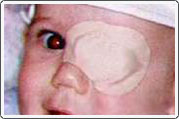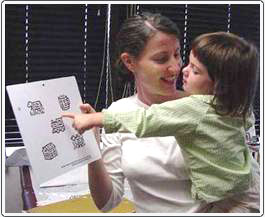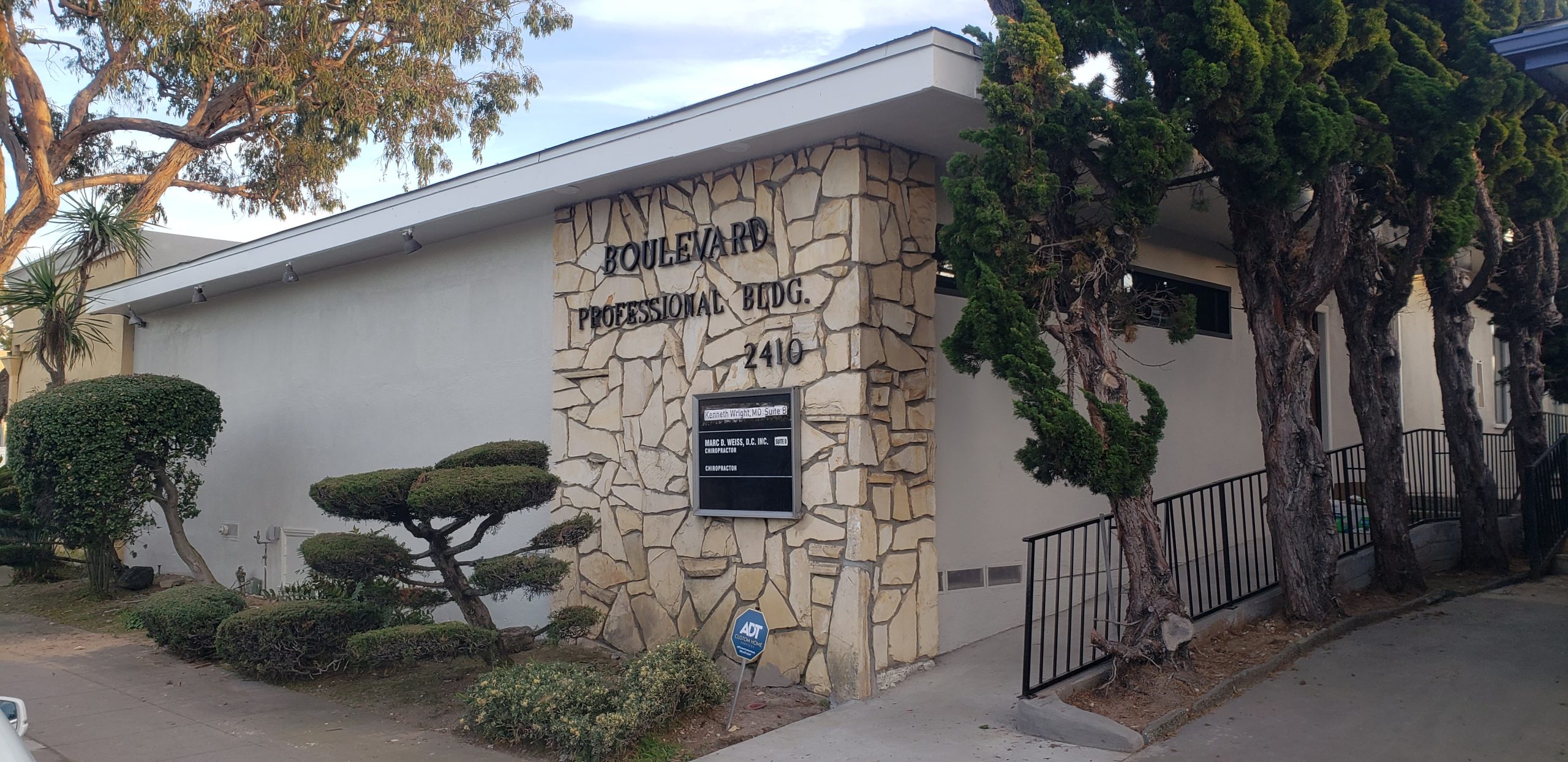
Patching the strong left eye to improve vision in the weaker right eye.
Visual Development
A newborn has very poor vision that improves rapidly as eye/brain connections develop in response to early visual experience. A clear, in-focus image is required if we are to develop excellent high-resolution vision. Clear, in-focus vision during infancy is necessary to stimulate normal visual development. The most active and critical period for visual development is the first few months of life, although some visual development continues until 8 -10 years of age.
Key Periods of Visual Development:
- Critical period: One week to three months (most susceptible to amblyopia)
- Visual plasticity:Five months to seven/eight years (susceptible to amblyopia)
- Extended plasticity: Ten years to adulthood – may retain limited plasticity (not susceptible to amblyopia)
Binocular Vision
This process of fusing a separate, clear image from both eyes into one binocular image is termed binocular fusion. Binocular fusion is required to maintain proper eye alignment and provide stereopsis (depth perception). Even though binocular anatomy is present at birth, appropriate visual input from each eye is necessary to refine and maintain binocular vision. The presence of strabismus or a unilateral blurred retinal image (e.g. congenital cataract or anisometropia ) will disrupt normal binocular development and cause a partial or complete loss of stereopsis.

Wright figures© copyright by Dr. Kenneth Wright.
Effect of a Blurred Image in Infancy
Amblyopia is actually poor vision caused by abnormal development in visual areas of the brain. If an image coming into the eye is blurred during infancy, the visual areas in the brain will not develop normally. Instead of high-resolution connections, the blurred image produces low-resolution eye/brain connections, which results in amblyopia. The earlier the onset of the blurred image and the more severe the image distortion, the more profound is the amblyopia. Mild image blur will result in slight amblyopia of 20/25 vision; whereas, a severely distorted image during infancy can cause profound vision loss and even legal blindness.
Amblyopia, or “lazy eye,” is a major low vision problem worldwide than can affect one eye (monocular) or both eyes (binocular). Many of the monocular cases are not diagnosed until school age or later. It is considered the most common cause of vision loss in children and young adults. Estimated prevalence of amblyopia in children range from 1-4%, and it continues to be an important cause of visual loss in adulthood due to a failure to diagnose and treat the problem early on when therapy would be helpful. Studies have reported a prevalence of amblyopia up to 2.9% in adults. A study by the National Institutes of Health (NIH) found amblyopia to be the leading cause of monocular vision loss in adults between 20-70 years of age.
Amblyopia is often detected after a visual acuity measurement during a routine eye exam or vision screening. Unfortunately, most of the children’s first visual acuity check occurs when they begin kindergarten or elementary school (<6-7 years of age), which puts the patient in the “late” amblyogenic period. This worsens the chance of the child obtaining good equal vision since therapy after 8 years of age is not very successful in reducing or correcting the amblyopia.
[caption id="attachment_333" align="alignright" width="265"] Pre-literate child choosing Wright figure during visual acuity testing. The image is on a corresponding chart held by the examiner. The child selects the image that matches the one being pointed to by the tester.[/caption]
Pre-literate child choosing Wright figure during visual acuity testing. The image is on a corresponding chart held by the examiner. The child selects the image that matches the one being pointed to by the tester.[/caption]
Detecting Amblyopia
Early detection and early intervention is critical to the treatment of amblyopia. In pre-verbal children and infants, the best method for vision screening is the simultaneous red reflex test or “Bruckner” test. This test will detect amblyopic refractive errors and optical media opacities such as cataracts. Older children (2 ½ years to 3 years of age) should be able to cooperate with some form of visual acuity testing, usually a type of picture card, such as Wright figures, “E” game, or Snellen letters if the child knows letters.
Snellen optotypes, or letters, have been considered as the “gold standard” for measuring vision. The Snellen chart is used for all ages, including adults. The disadvantage of using this method of vision testing is that it requires knowledge of letters (“literate” person), which is not a common finding in children younger than 5 years of age. Currently, there other methods for testing very young or illiterate children. The two methods most often used are Allen Cards and Snellen letters. Unfortunately, these two tests are not ideal in this age group. These available optotypes designed for preliterate children have a tendency to overestimate visual acuity by obtaining higher visual acuity measurements than what is the true vision. This leads to undiagnosed amblyopia and poor vision. In a study using optotypes developed by Dr. Wright, Snellen optotypes and Allen cards, visual acuity was tested and showed that the Wright optotypes was most accurate in testing preverbal children. See—— for reference on this study. A prompt and correct visual acuity measurement is the most important step in diagnosing and treating amblyopia, and to offer these children an early treatment and a better visual prognosis.
Treatment of Amblyopia
The earlier in a child’s life that amblyopia is detected and treated, the more effective the therapy. Treatment consists of using optical correction, either with prescription glasses or contact lenses. Optical correction, if prescribed, must be worn full-time during all waking hours. In some cases, providing a constant clear image alone will improve vision; however, other patients will also require patching of the “good eye.” Patching of the good eye stimulates visual development of the amblyopic eye. Another way to promote stimulation of the amblyopic eye is to blur the vision of the good eye. This can be done by placing a blurring lens over the good eye or by administering Atropine eye drops to blur the good eye. In most cases, placing an adhesive patch over the good eye is the most practical treatment. Optical correction is often required for the long-term, and patching is required until vision improves or the child reaches 8 to 10 years of age. In the vast majority of patients, vision can be improved if the parents and child are compliant with the prescribed treatment.

